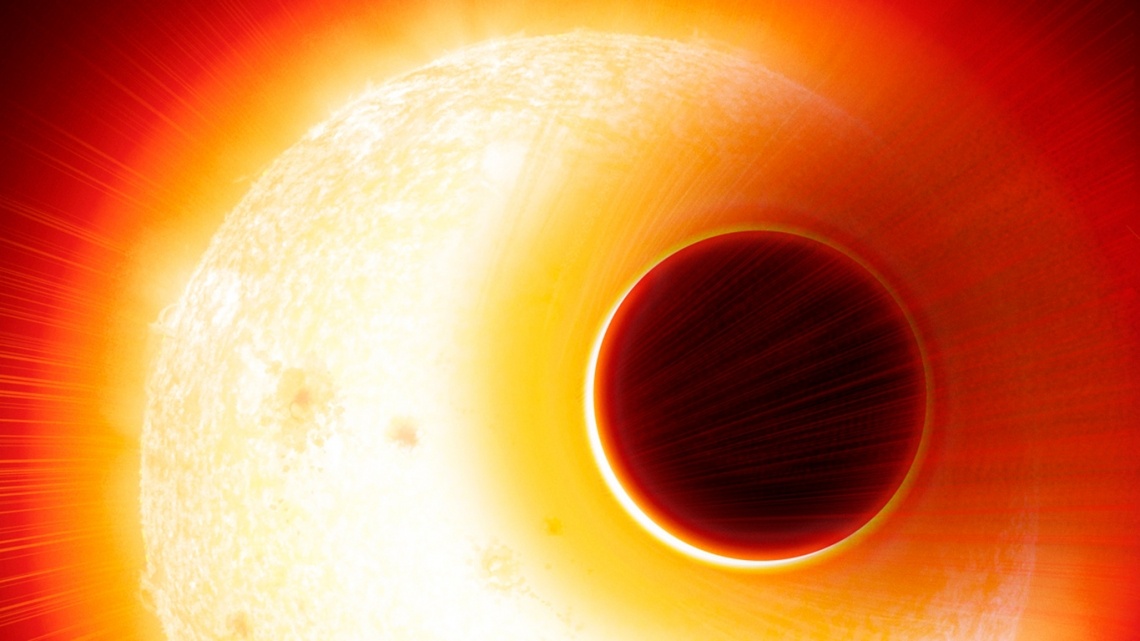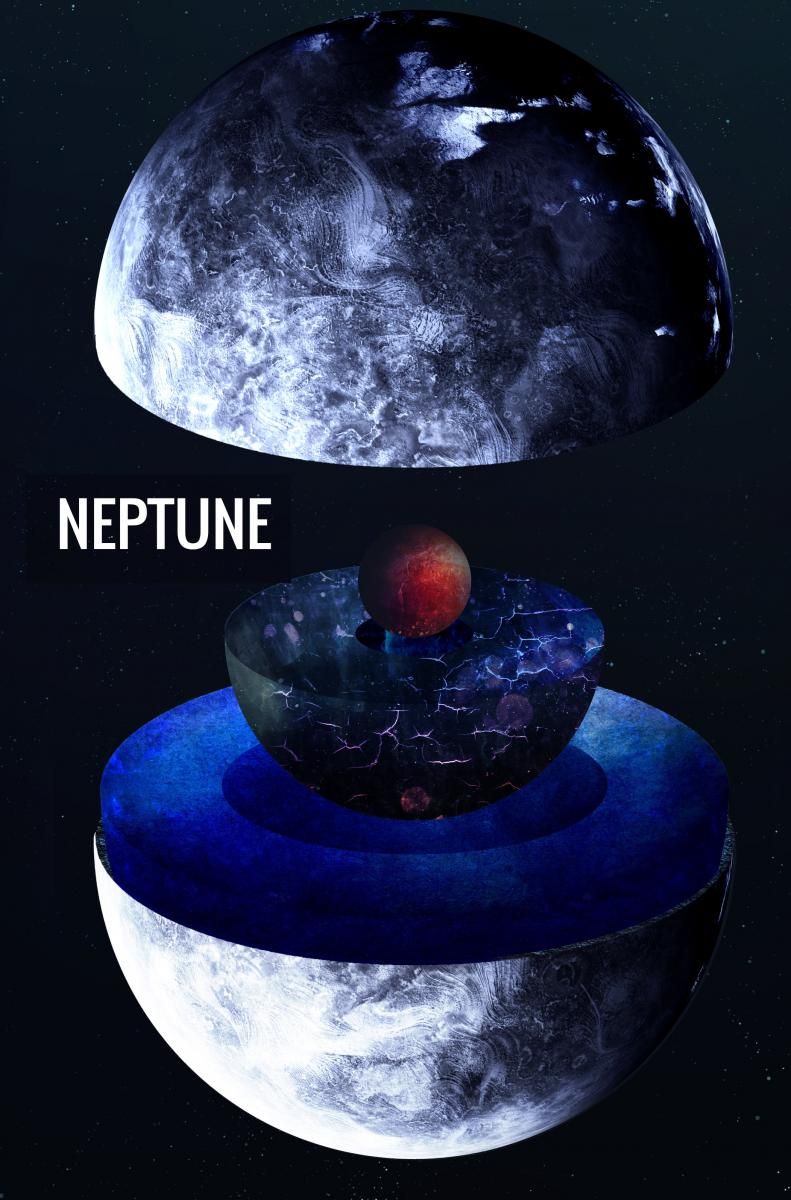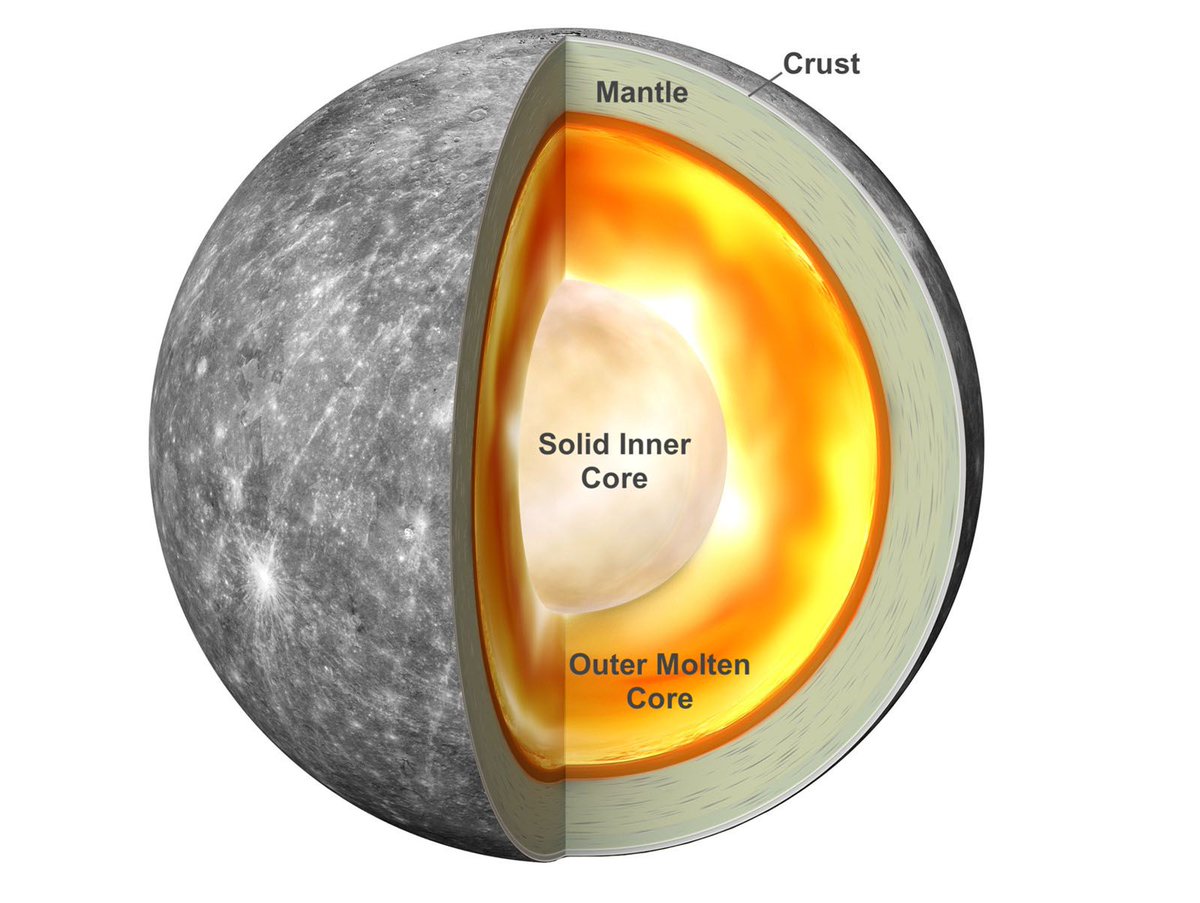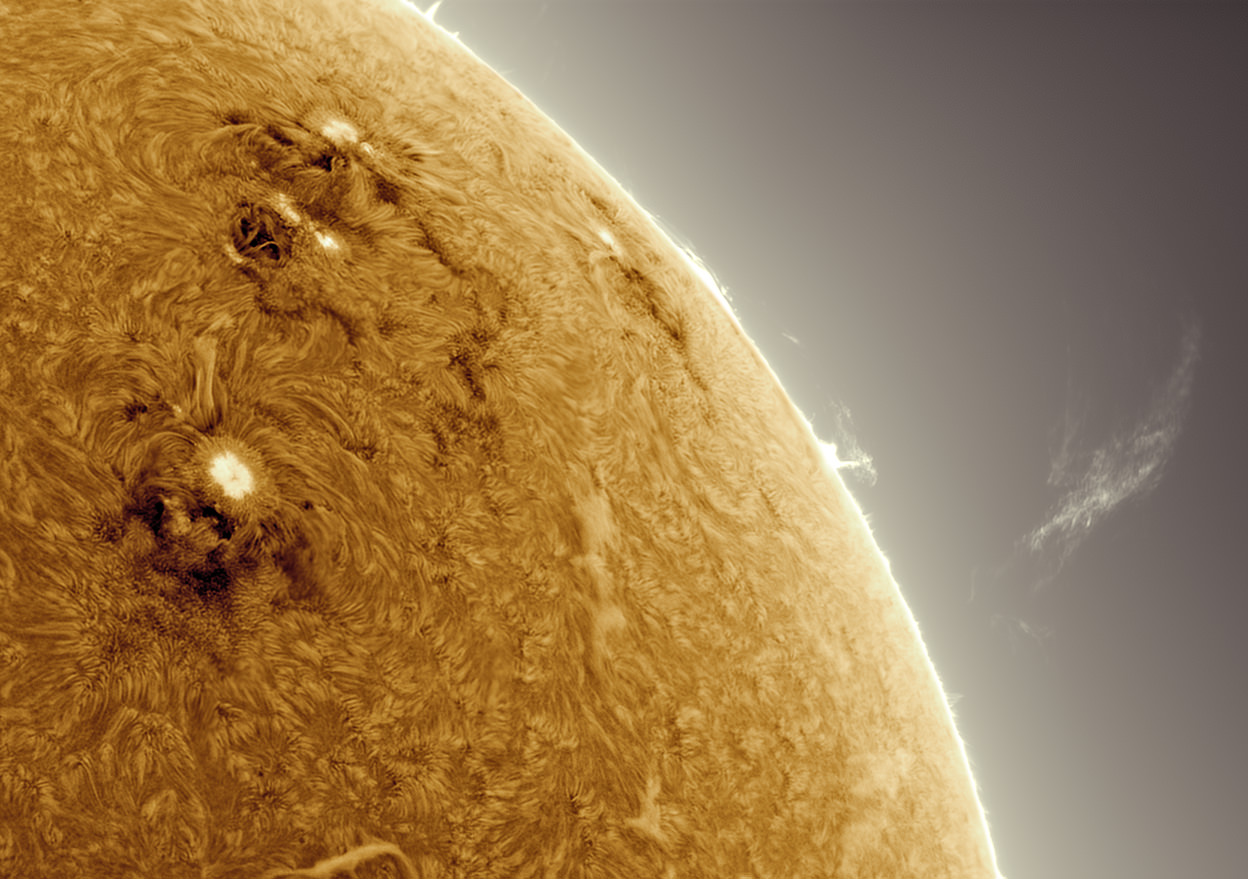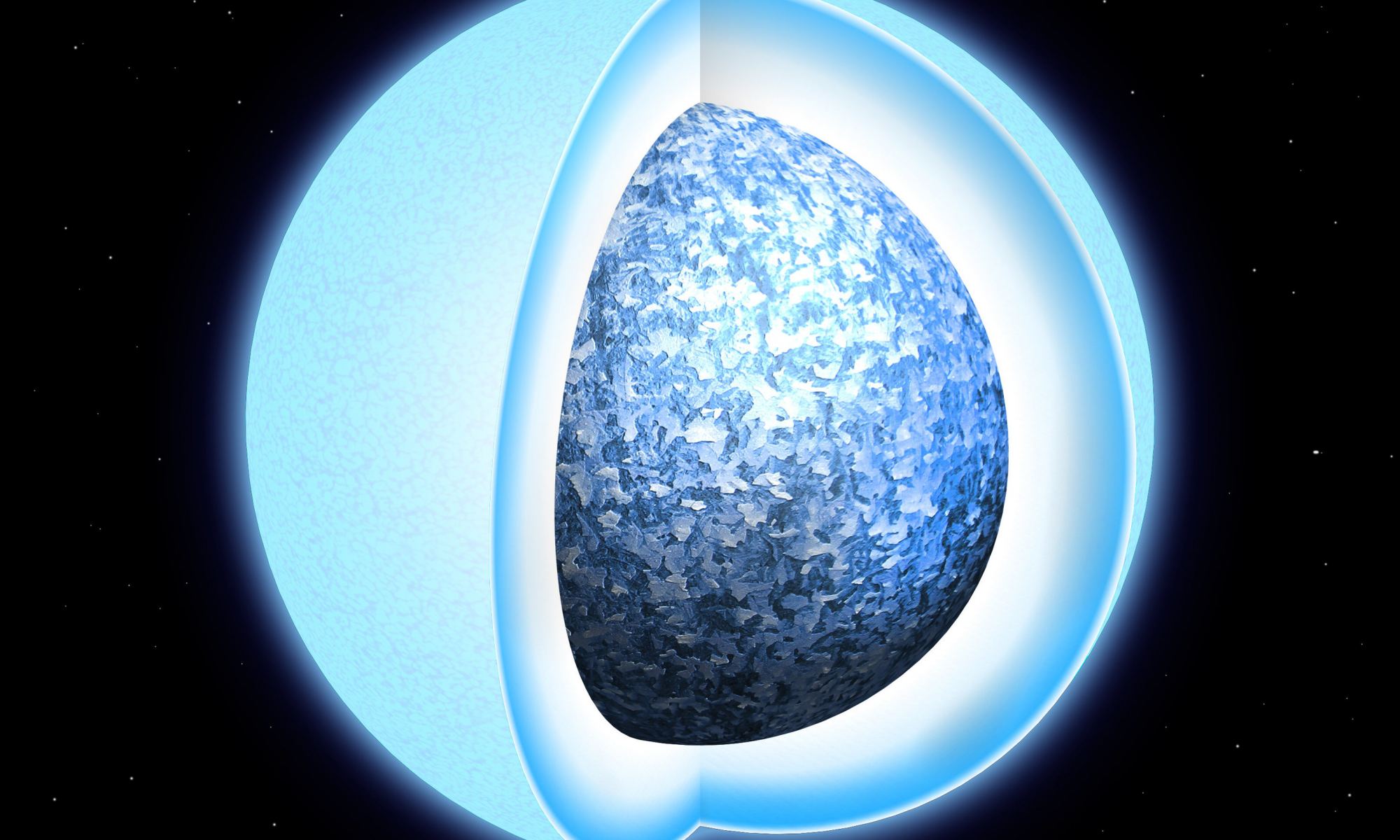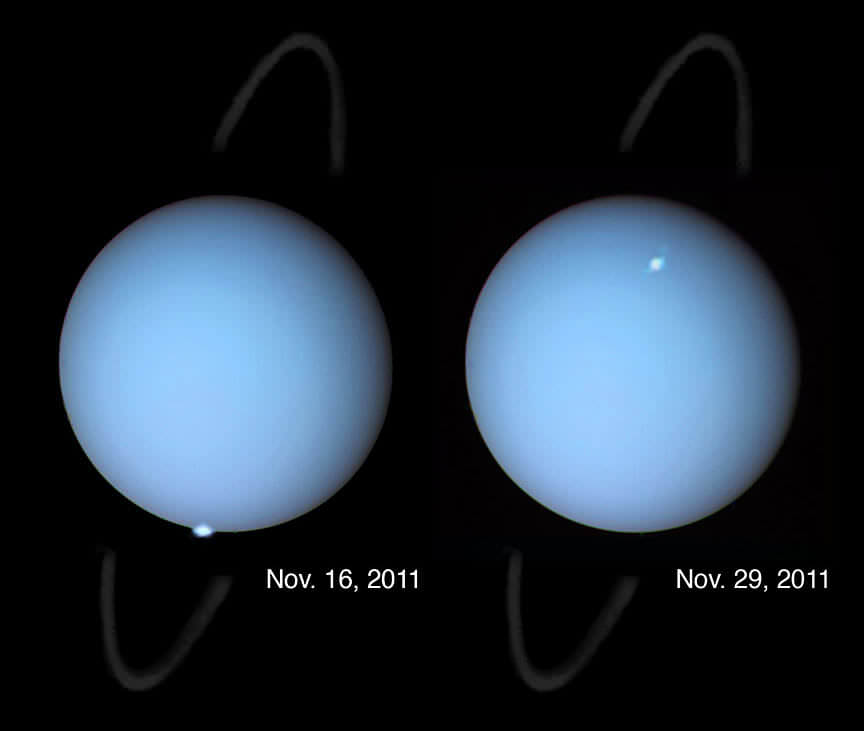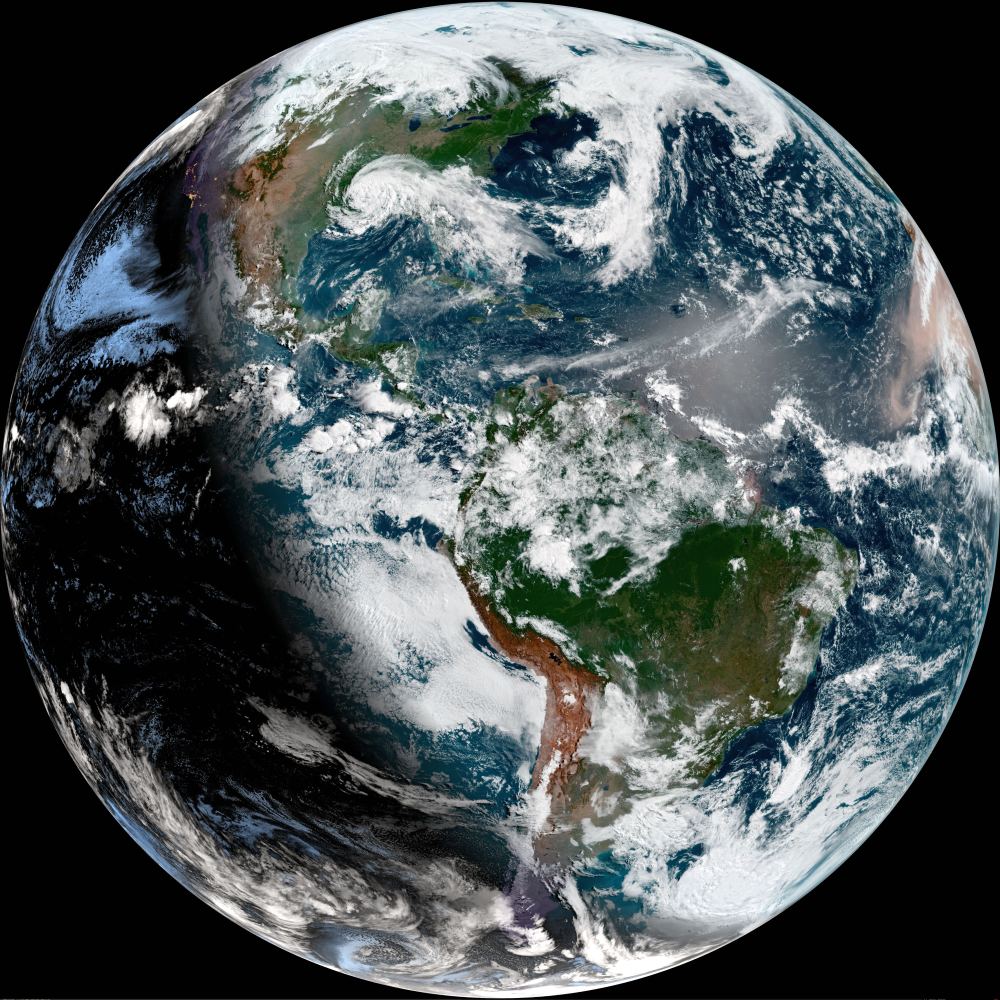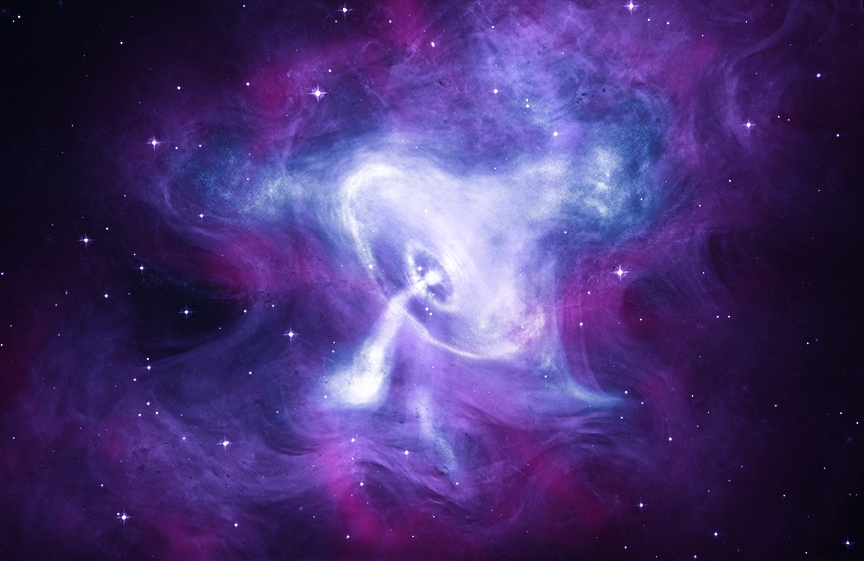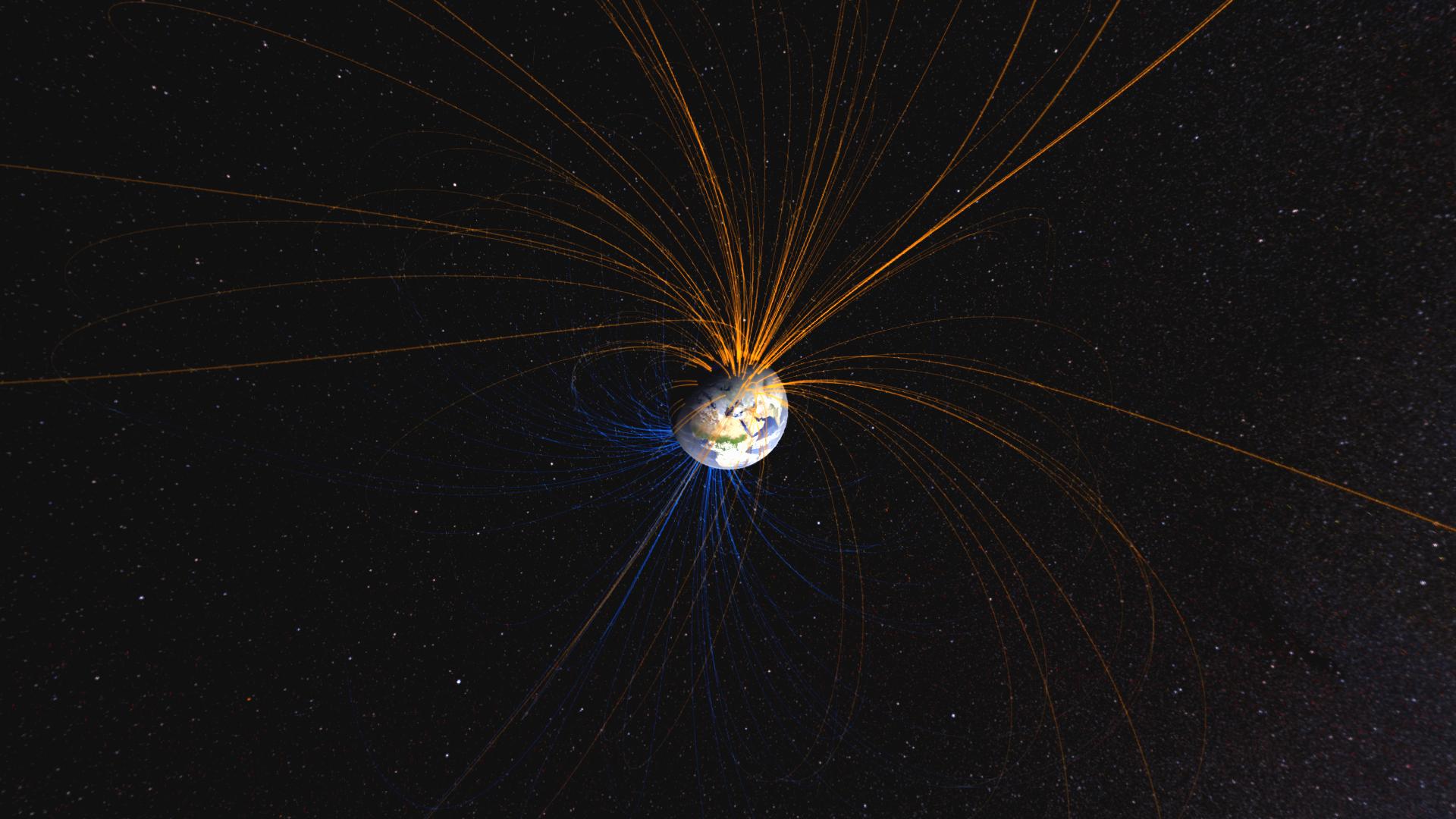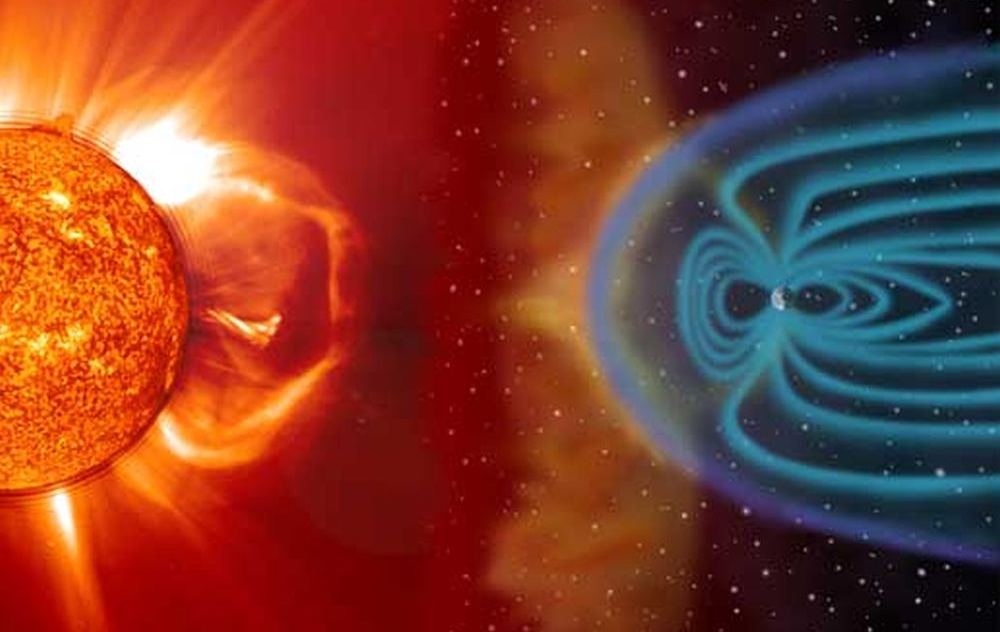Today’s astronomers are busy building the census of extrasolar planets, which has reached a total of 4,884 confirmed planets, with another 8,288 candidates awaiting confirmation. Now that the James Webb Space Telescope (JWST) has finally been launched, future surveys will be reaching beyond mere discovery and will be focused more on characterization. In essence, future exoplanet surveys will determine with greater certainty which planets are habitable and which are not.
One characteristic that they will be on the lookout for in particular is the presence of planetary magnetic fields (aka. magnetospheres). On Earth, the atmosphere and all life on the surface are protected by a magnetic field, which is why they are considered crucial to habitability. Using data from the venerated Hubble Space Telescope (HST), an international team of astronomers reported the detection of a magnetic field around an exoplanet for the first time!
Continue reading “An Exoplanet Found Protected by a Magnetosphere”
